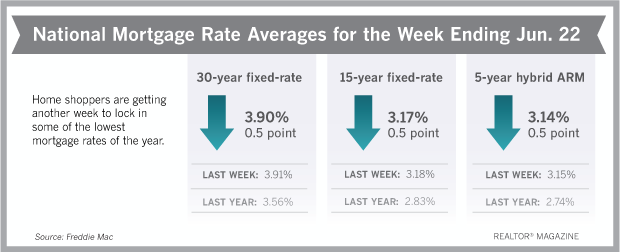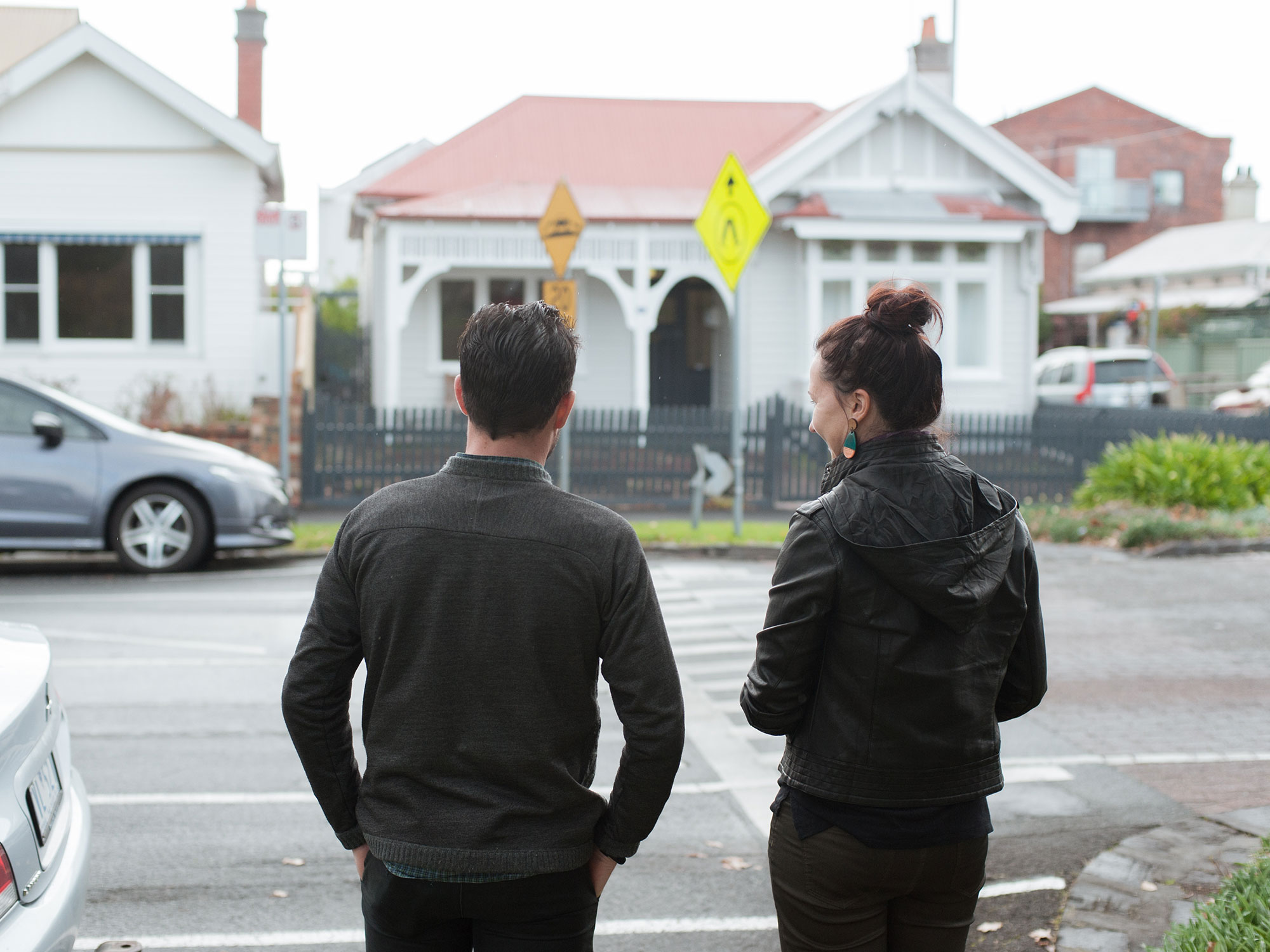By Funmi Babington-Ashaye,
In the last twenty four months, more than fifteen incidents of collapsed buildings have been reported across the country with high human casualties.

In Abuja, Cross River, Kwara, Lagos and Osun States, the story is the same: sudden collapse of buildings either under construction or renovation. In certain cases, more floors were been added to the existing floors (possibly without appropriate approvals) and without consideration for the structural strength or quality of the initial foundation.
For instance, in December 2015, a church building collapsed in Calabar during worship session in which over 50 died while the State Governor, His Excellency, Prof Udom Emmanuel, who was one of the worshippers, narrowly escaped death. In response, the government set up an inquiry. In the same Calabar, part of the U.J. Esuene Stadium collapsed, luckily without casualties.
The stadium was one of the facilities initially scheduled to be used for the National Festival but was subsequently abandoned. Still in 2015, a guest house under construction collapsed inside the premises of Synagogue Church of All Nations in Ikotun, Lagos killing over 120 people many of whom were South Africans. The government initiated a Coroner’s Inquest while judicial trials have commenced against those who prima facie cases were established.
Early last year, Lekki Gardens’ five-Storey building collapsed in which over 35 people died and several others were injured. In addition to the loss of precious lives, huge investments were lost with negative impact on the real estate industry.
The case against its owners is still in court while integrity tests were subsequently ordered for many of the houses in the high-brow estate by the Lagos State government. In the last one or two months in Lagos, several cases of collapsed buildings have been reported: the three-storey Ilasamaja building; a three-storey building near Alaba International Market, Ojoo; the one-storey Meiran building, Abule-Egba; the four-storey building on Lagos Island (which was attributed by eye witnesses to the mounting of a huge telecommunication mask on the weak edifice, etc. All these recorded several deaths.
The regularity, huge loss of human lives and property as well as the adverse impact of these incidents call for serious introspection and greater care by landlords, property developers, professionals and regulatory agencies in the building industry. It is time for more regulatory activism in this sector. The weight of the law should be brought to bear on culprits of non-compliance to laws, regulations and standards. It is time for greater premium to be attached to the lives of Nigerians.
Although there are laws on how approvals should be sought and obtained for various categories of property in different parts of the country, it is not certain if the developments of such property received the appropriate approvals, whether they were supervised by qualified professionals and above all, if they were insured as statutorily required.
While the issue of approvals and professional supervision, in Lagos State, are within the purview of the Lagos State Urban and Regional Planning and Development Agencies (LSURPDA) and the Nigerian Society of Engineers, respectively, the thrust of this write-up is to apprise property developers, landlords and other investors in the estate business of the importance of building and construction insurance in mitigating losses.
The nature of Property Insurance
Building construction projects are usually carried out by contractors who are engaged by landowners or developers. In certain cases, direct labour are used by land owners.
Notwithstanding the approach adopted, it is common knowledge that several risky activities take place in building sites. For instance, earth moving equipment, concrete mixers, iron benders, carpenters, bricklayers, masons, civil engineers, etc, all play their part in the building processes. These activities involve a lot of risks: people can be injured, equipment can be damaged and the structure under construction can cave in or even collapse completely.
In certain cases, the materials procured for the execution of the project may be destroyed by fire, stolen by thieves, damaged by Act of God (for instance, rain storm, flood), etc. These risks, as much as is possible, need to be hedged against by the contractor, to protect his employees, to protect the organisation against third party injuries/damages.
Mrs. Funmi Babington-Ashaye, FCII, FIIN, is President/Chairman of Council, Chartered Insurance Institute of Nigeria
To be continued next Tuesday.



